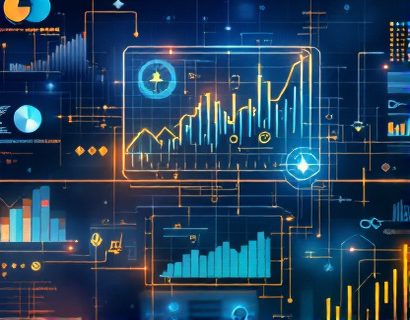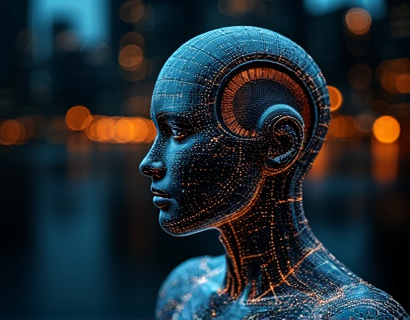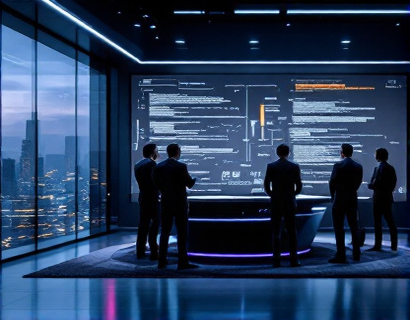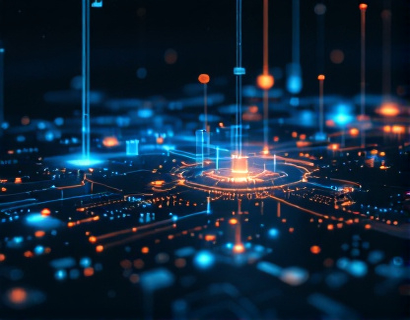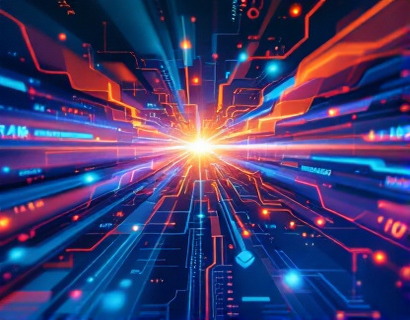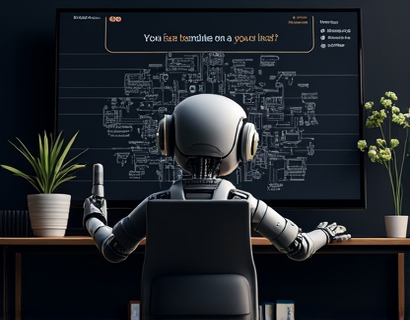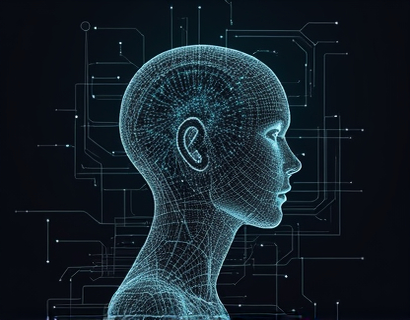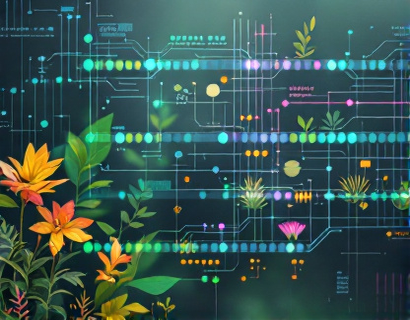AI-Powered Translation Tools: Revolutionizing Global Communication
In an increasingly interconnected world, the ability to communicate across languages has become more crucial than ever. AI-powered translation tools are at the forefront of this transformation, offering precise and rapid translations that break down language barriers and enhance business interactions. These advanced technologies are not just about translating words; they are about understanding context, nuances, and cultural subtleties to deliver translations that are accurate and natural-sounding.
The Evolution of Translation Technology
The journey of translation technology has been remarkable, evolving from manual processes to sophisticated AI-driven solutions. Early translation methods relied heavily on human translators, which, while accurate, were time-consuming and costly. The advent of machine translation in the mid-20th century marked a significant shift, but these early systems often struggled with context and idiomatic expressions. The integration of AI has revolutionized this field, enabling machines to learn from vast datasets and continuously improve their translation capabilities.
How AI Enhances Translation Accuracy
AI-powered translation tools leverage machine learning algorithms to analyze and understand language patterns. These systems are trained on massive datasets, including books, articles, and web content, which helps them grasp the nuances of different languages. Unlike rule-based systems, AI can adapt to new phrases and expressions, making translations more accurate and contextually relevant. For instance, AI can differentiate between multiple meanings of a word based on the surrounding text, ensuring that the translation conveys the intended message.
Real-Time Translation Capabilities
One of the most significant advantages of AI-powered translation tools is their real-time capabilities. Businesses can now conduct meetings, negotiations, and collaborations across languages without the delay associated with traditional translation methods. This immediacy is particularly valuable in fast-paced industries such as finance, healthcare, and technology, where timely communication can be critical. Real-time translation also extends to written content, allowing for instant translation of emails, documents, and websites, making global communication more seamless.
Enhancing Multilingual Connections
AI translation tools are designed to bridge the gap between diverse languages and cultures. By providing accurate and natural-sounding translations, these tools facilitate better understanding and collaboration among international teams. For businesses expanding globally, these tools are invaluable in creating a unified communication environment. They help in building trust and rapport with clients and partners from different linguistic backgrounds, ultimately driving business success.
Industry-Specific Applications
The applications of AI-powered translation tools span across various industries, each benefiting in unique ways. In the healthcare sector, accurate translation of medical documents and patient communications is essential for patient care and safety. AI translation tools ensure that medical information is conveyed correctly, reducing the risk of misunderstandings. In the legal field, precise translations of contracts and legal documents are crucial to avoid misinterpretations that could lead to disputes. AI tools help legal professionals maintain the integrity of documents across languages.
In the education sector, AI translation tools enable students and educators to access a wealth of resources in multiple languages. This accessibility fosters a more inclusive learning environment and broadens the scope of educational content. For travel and tourism, these tools enhance the visitor experience by providing real-time translations of signs, menus, and conversations, making travel more enjoyable and stress-free.
Challenges and Limitations
Despite their numerous advantages, AI-powered translation tools face certain challenges. One of the primary concerns is the accuracy of translations in highly specialized or technical domains. While AI has made significant strides, it can still struggle with jargon, complex sentences, and context-specific meanings. Additionally, idiomatic expressions and cultural references often pose challenges, as they require a deep understanding of the source culture. Continuous improvements in AI algorithms and larger, more diverse datasets are necessary to overcome these limitations.
Future Prospects
The future of AI-powered translation tools looks promising, with ongoing advancements set to address current limitations. Research in natural language processing (NLP) and deep learning continues to push the boundaries of what machines can achieve in translation. The integration of multimodal data, such as images and videos, is being explored to provide more context and improve translation quality. Furthermore, the development of personalized translation models that adapt to individual user preferences and communication styles is on the horizon, making translations even more tailored and effective.
User Experience and Accessibility
AI translation tools are designed to be user-friendly and accessible. Most platforms offer intuitive interfaces that require minimal setup and are easy to navigate. For businesses, integrating these tools into existing workflows is straightforward, often involving simple API integrations or web plugins. For individuals, mobile apps and web browsers extensions make it convenient to translate text, speech, and even real-time conversations on the go. The goal is to create a seamless user experience that encourages widespread adoption and usage.
Building Trust and Reliability
Trust is a critical factor in the adoption of AI translation tools. To build and maintain trust, developers focus on transparency and continuous improvement. Users are provided with information about the translation process, including the sources of training data and the algorithms used. Regular updates and user feedback loops help in refining the tools, addressing specific pain points, and enhancing overall performance. Certifications and compliance with industry standards also play a role in establishing credibility.
Conclusion
AI-powered translation tools are transforming global communication by breaking down language barriers and enhancing business interactions. These advanced technologies offer precise, rapid, and contextually accurate translations, making it easier for individuals and businesses to connect across languages and cultures. As the technology continues to evolve, we can expect even more sophisticated and reliable translation solutions that further bridge the gap between diverse linguistic communities. Embracing these tools can open up new opportunities and drive global collaboration to new heights.



